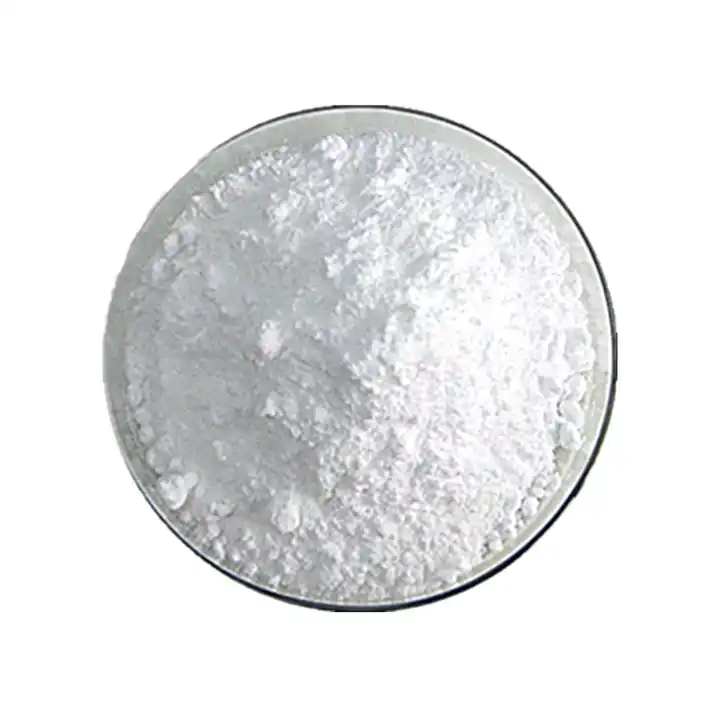
Streptococcus
Streptococcus is another common group of gram-positive cocci among pyogenes. There are 69 species and subspecies, which are widely distributed in nature and the nasopharynx and gastrointestinal tract of the human body. Most of them are normal flora. Pathogenic streptococci can cause a variety of purulent inflammation and hypersensitivity diseases in humans. Among the Streptococcus genus, the main ones that are pathogenic to humans are group A Streptococcus and Streptococcus pneumoniae. The Streptococcus used in food and health care mainly refers to Streptococcus thermophilus.
Streptococcus thermophilus and Lactobacillus bucheri are both necessary materials for making yogurt. Studies show that this bacterium can only reach the upper half of the small intestine, unlike bifidobacteria, which can travel to the large intestine. Scientists believe that live yogurt bacteria (Streptococcus thermophilus and Lactobacillus bucheri) can help people with lactose intolerance digest lactose because both bacteria can produce lactase.
Application
Health food and pharmaceutical fields
1. Improve intestinal microenvironment
Reduce intestinal pH value, promote intestinal peristalsis to prevent colonization of pathogenic bacteria, and secrete bacteriocins to inhibit the growth of pathogenic bacteria.
2. Regulate blood pressure
Inhibits the activity of cholesterol synthase, reduces cholesterol content in serum, and its bacterial fermentation products can regulate and control blood pressure.
3. Anti-cancer effect
The generated polysaccharides, bacteriocins, lactic acid, etc. have anti-tumor activity and resist the occurrence of tumors by activating the body’s immune system and inhibiting cell mutations.
4. Anti-aging
The production of superoxide dismutase (SOD) can remove excess superoxide anion free radicals produced during the metabolic process in the body and delay aging.
5. Lactic acid production
The degradation of lactose requires a special enzyme called beta-galactosidase. People with lactose intolerance lack this enzyme in their bodies. Streptococcus thermophilus is a bacterium that produces beta-galactosidase, so it can help digest lactose.
6. Tolerance to stomach acid and bile salts
The survival rate of Streptococcus thermophilus in an acidic solution with pH=6.8 is 100%, the survival rate in an acidic solution with pH=4 is about 75%, and the survival rate in an acidic solution with pH=3 is about 70% .
Streptococcus thermophilus can survive in higher concentrations of bile, so it should be able to reach the distal part of the small intestine without being damaged by bile in the body.
7. Shorten the curing time of yogurt
The application of Streptococcus thermophilus in fermented yogurt can greatly shorten the curing time of yogurt. The curing time of fermented yogurt without Streptococcus thermophilus is 6 to 8 hours, and the curing time of fermented yogurt with added Streptococcus thermophilus can be controlled within 5 hours, which is conducive to industrial production.
8. Increase yogurt viscosity
Streptococcus thermophilus can produce a large amount of exopolysaccharide (EPS) during the fermentation process. The exopolysaccharide polymers serve as thickeners and gelling agents to increase the viscosity of fermented milk and improve the quality of yogurt.
